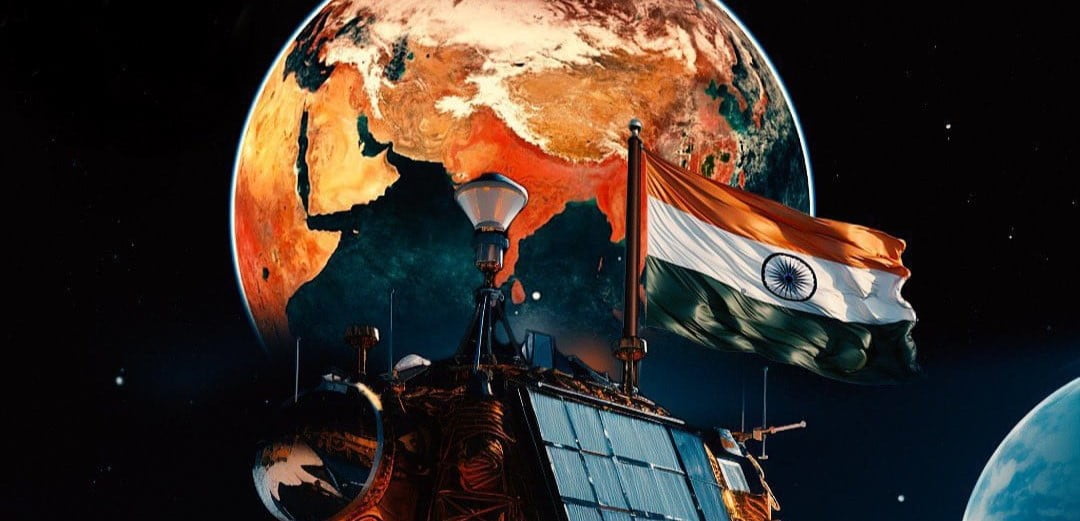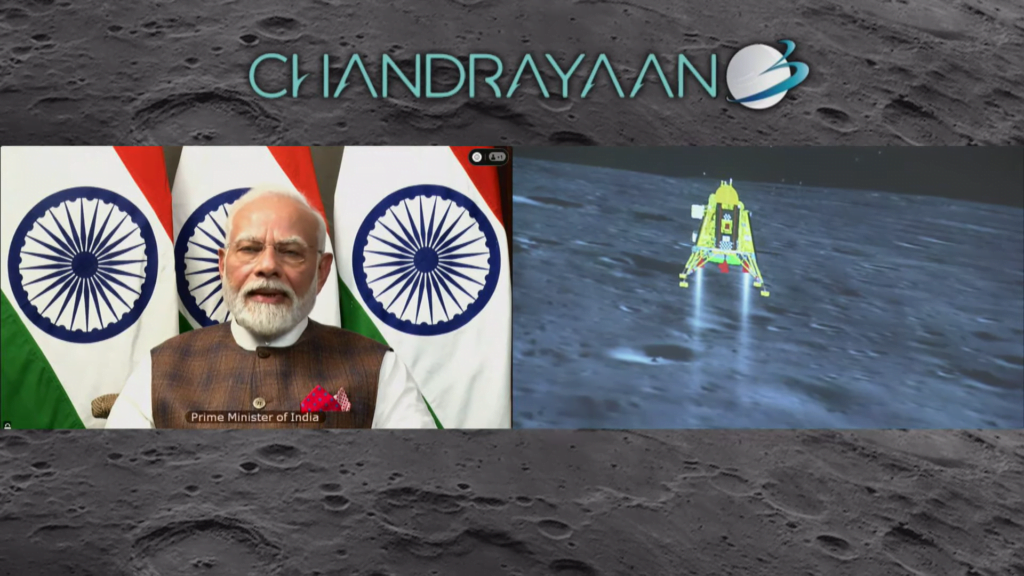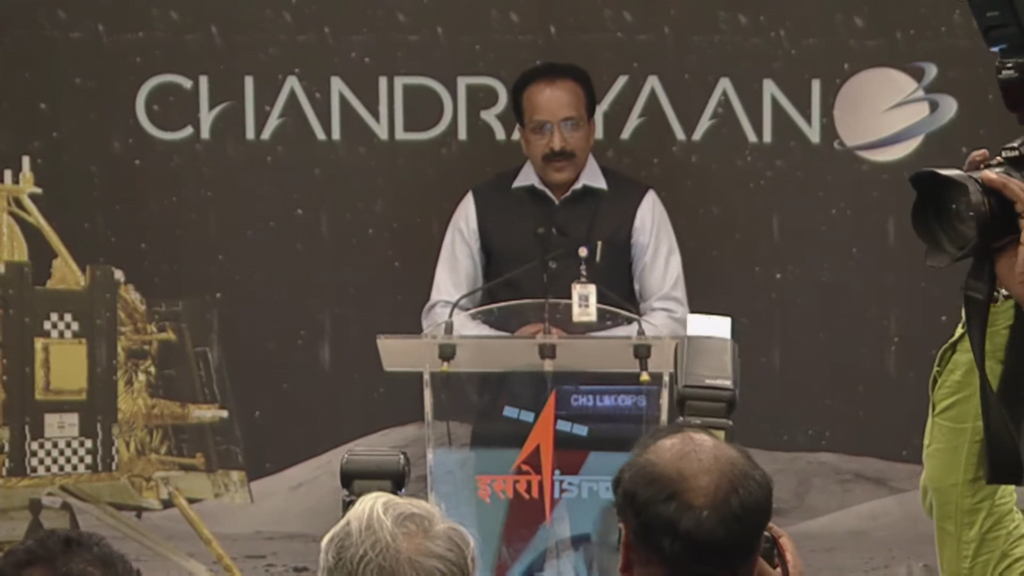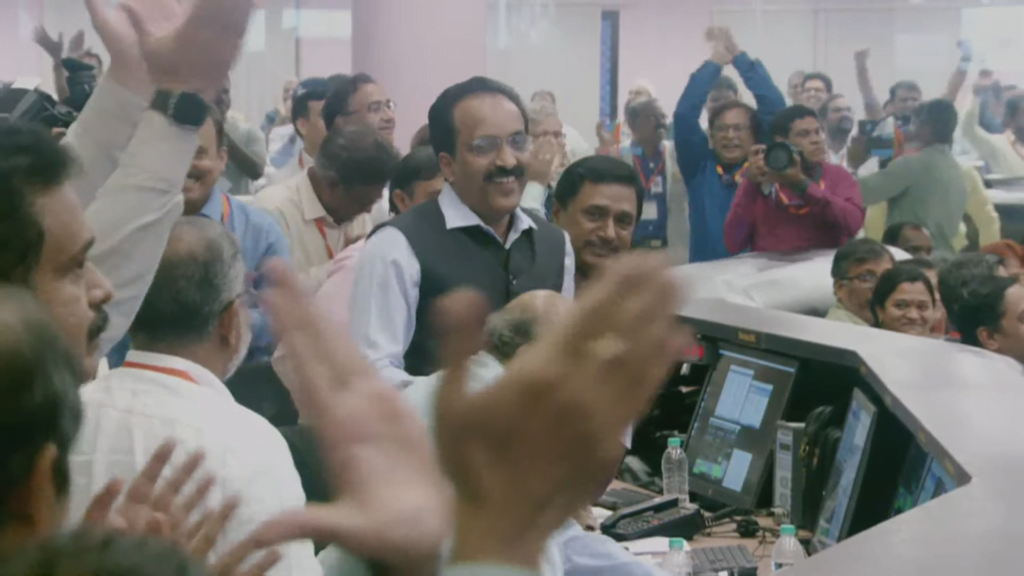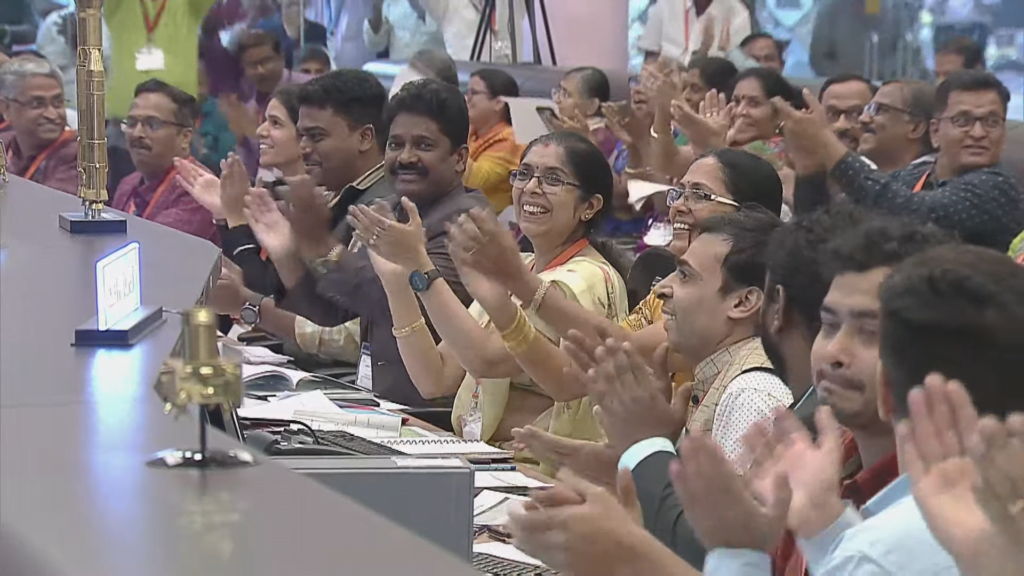A quick Summary: ISRO have made each Indian proud again by making India the 4th country to land on the Moon and the 1st to do so on the South Polar Region. Major World Media covered the event in a very Positive manner except BBC. In this post we have covered the following topics:
The significance of Chandrayaan-3’s Success
India have set the world record by becoming the 4th country ever to land on the Moon just after Russia, USA and China.
- USSR – 1966
- NASA – 1969
- China – 2019
- India – 2023
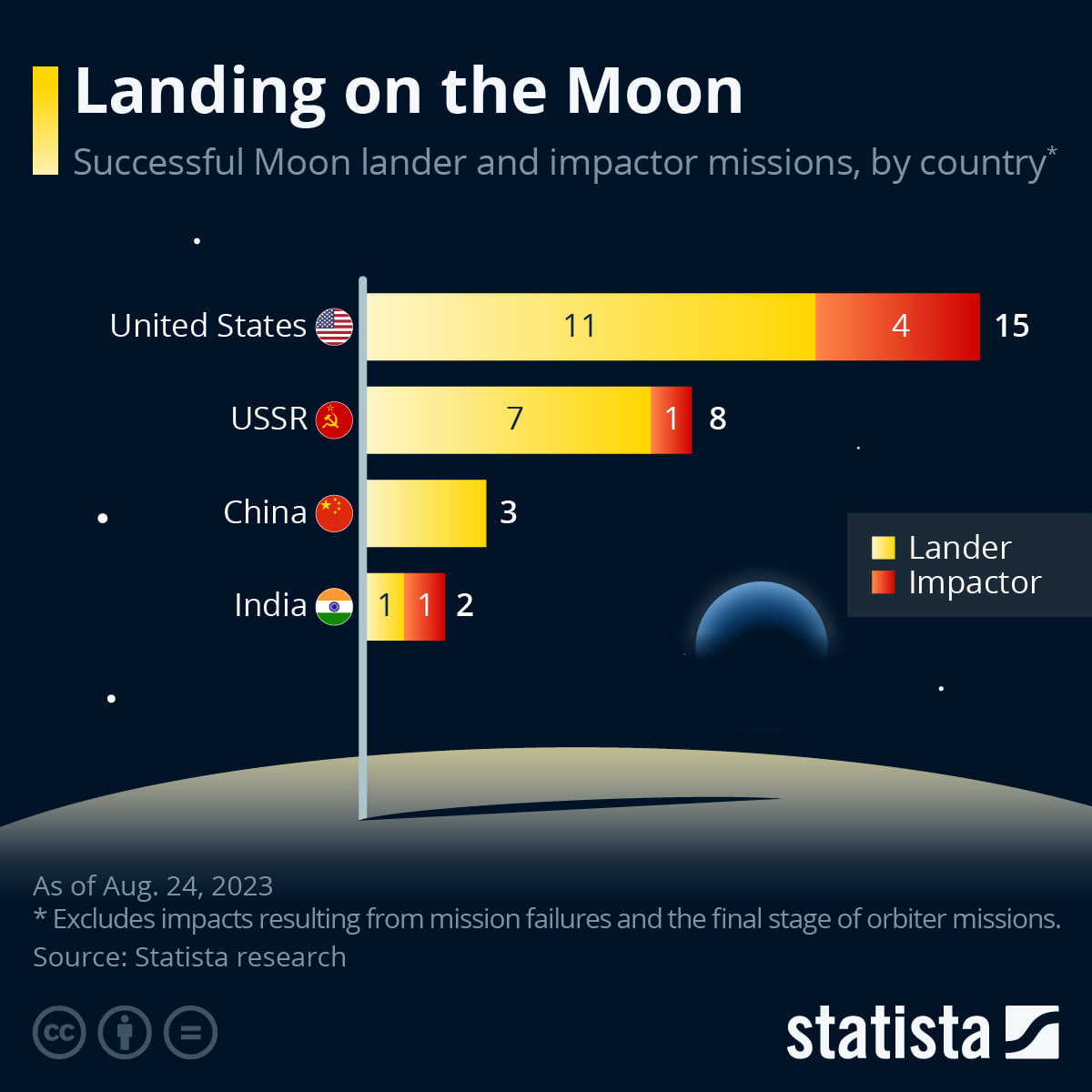
Also, India became the 1st country ever to land on the South Polar Region of the Moon, and that’s what the most Important feat was.
The success of Chandrayaan-3 is particularly important because this is the first time the country has demonstrated that it can explore parts of another celestial body – in terms of physical and chemical environment and other parameters.
Few moments of the celebration
This feat is going to play a very Important role in making India an “Aatmanirbhar Bharat”, Apart from that this will also Increase India’s soft power globally.
There are multiple objectives of this mission such as exploring the lunar surface, and collecting invaluable scientific data for upcoming missions that might happen in that region.
The Chandrayaan-3’s success now make the world look towards India more respectfully because it has placed India in such a place where only superpowers stays.
The site where is landed on the Moon was named as “Shiv Shakti” point, unlike the UPA govt. who keeps promoting their dynasty as they named Chandrayaan-1’s landing site as Nehru point.
Coverage by the global Media and Space Agencies
Have a look at this video:
You can see in the video above how beautifully the west media Covered the landing event. This is another soft power that India has earned. Due to this Mission, the west now look at India more respectfully.
Everything is fine except one Media which you might know as BBC.
What about BBC?
Watch this Video:
Now in this video, it is clearly seen that the BBC anchor is barking like an unfeed dog of the gutter and discouraging India’s Chandrayaan-3 achievement, just because the brits have lowered their standard so much that they can’t even have their own space missions. Basically they are jealous of us.
That guy also said something about themselves, ohh sorry “toilet”, he said more than 700 million Indians don’t have access to the toilet, but to be clear he is just using the old data of UPA govt. and trying to overshadow our recent achievements.
Major Indian personalities have gave that bigot a befitting reply and here is one by Shree Anand Mahindra Ji:
Upcoming future missions of ISRO
Well there are many future missions planned for ISRO but here are two of them which is going to happen very soon:
• Aditya-L1
The Aditya L1 mission is India’s inaugural space mission aimed at studying the Sun. It involves placing a spacecraft in a halo orbit around the Lagrange point 1 (L1), situated 1.5 million km away from Earth in the Sun-Earth system.
This unique orbit grants the spacecraft continuous, unobstructed views of the Sun, enabling real-time observations of solar activities and their impact on space weather. The mission carries seven distinct payloads, including instruments to study the Sun’s photosphere, chromosphere, and corona using various detectors for electromagnetic, particle, and magnetic field observations.
This strategic position at L1 allows four payloads to directly observe the Sun, while the remaining three payloads conduct in-situ studies of particles and fields, contributing valuable insights into how solar dynamics propagate through the interplanetary medium.
Aditya L1 Payloads
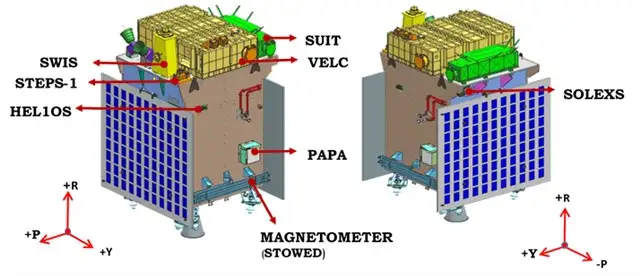
The details of the Payloads along with their major capability of scientific investigation
| Type | Sl. No. | Payload | Capability |
|---|---|---|---|
| Remote Sensing Payloads | 1 | Visible Emission Line Coronagraph(VELC) | Corona/Imaging & Spectroscopy |
| 2 | Solar Ultraviolet Imaging Telescope (SUIT) | Photosphere and Chromosphere Imaging- Narrow & Broadband | |
| 3 | Solar Low Energy X-ray Spectrometer (SoLEXS) | Soft X-ray spectrometer: Sun-as-a-star observation | |
| 4 | High Energy L1 Orbiting X-ray Spectrometer(HEL1OS) | Hard X-ray spectrometer: Sun-as-a-star observation | |
| In-situ Payloads | |||
| 5 | Aditya Solar wind Particle Experiment(ASPEX) | Solar wind/Particle Analyzer Protons & Heavier Ions with directions | |
| 6 | Plasma Analyser Package For Aditya (PAPA) | Solar wind/Particle Analyzer Electrons & Heavier Ions with directions | |
| 7 | Advanced Tri-axial High Resolution Digital Magnetometers | In-situ magnetic field (Bx, By and Bz). |
Key Objectives of Aditya-L1 Mission
Major Science Objectives of Aditya-L1 Mission are:
- Study the dynamics of the solar upper atmosphere, including the chromosphere and corona.
- Investigate the heating processes of the chromosphere and corona, examine the physics of partially ionized plasma, and understand phenomena like coronal mass ejections (CMEs) and solar flares.
- Gather in-situ data about particles and plasma in the solar environment, contributing to the understanding of particle dynamics originating from the Sun.
- Uncover the mechanisms responsible for heating the solar corona and explore its physical properties.
- Diagnose parameters of coronal plasma and coronal loops, such as temperature, velocity, and density.
- Explore the formation, dynamics, and origins of coronal mass ejections (CMEs).
- Decode the series of processes occurring across different layers (chromosphere, base, and extended corona) that lead to solar eruptive events.
- Study the topology of magnetic fields and measure magnetic properties in the solar corona.
- Investigate the drivers behind space weather, including the origin, composition, and dynamics of solar wind.
• Gaganyaan
The Gaganyaan project aims to showcase India’s ability to conduct human spaceflight. This involves sending a crew of 3 members into orbit at 400 km for a 3-day mission, safely returning them to Earth by landing in the Indian sea waters. The project leverages India’s expertise, industrial experience, academic resources, and international technology collaborations.
Essential components include a crew-safe launch vehicle, life support system, crew training, emergency escape provisions, and crew management.
The project follows a staged approach, beginning with precursor missions to demonstrate technology readiness. These include an Integrated Air Drop Test (IADT), Pad Abort Test (PAT), and Test Vehicle (TV) flights. These unmanned missions ensure the safety and reliability of all systems before proceeding to the manned mission.
The Launch Vehicle
The Gaganyaan mission by ISRO will use the reliable LVM3 rocket as its launch vehicle, which has been adapted for human spaceflight and is now called Human Rated LVM3 (HLVM3).
HLVM3 comprises solid, liquid, and cryogenic stages and is capable of placing the Orbital Module into a 400 km Low Earth Orbit. It features a Crew Escape System (CES) equipped with fast-acting, high-burn rate solid motors to ensure the safe separation of the Crew Module and astronauts in case of emergencies during launch or ascent.
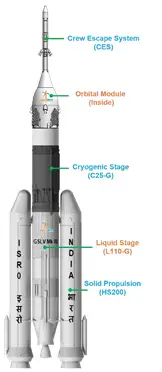

Orbital Module
The Orbital Module (OM) for Earth orbit consists of the Crew Module (CM) and Service Module (SM). The OM features advanced redundant avionics for crew safety. The CM serves as a livable space with an Earth-like environment in space. It has a double-walled design, with a pressurized metallic Inner Structure and an unpressurized External Structure with Thermal Protection System (TPS).
The CM houses crew interfaces, life support, human-centric products, avionics, and deceleration systems. It’s also designed for safe crew re-entry and descent to Earth’s surface. The SM provides support to the CM in orbit, containing thermal, propulsion, power, avionics systems, and deployment mechanisms.
Major milestones planned
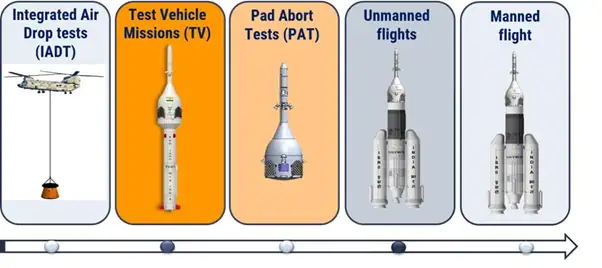
That’s it for today, Hope you enjoyed today’s update!
Follow The Need Of The Hour! for more such content.
For more such info on ISRO Missions, click here.

